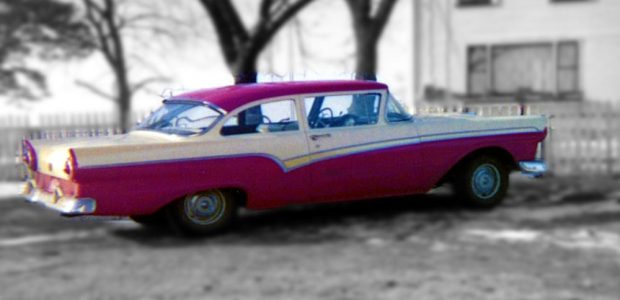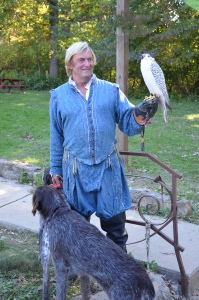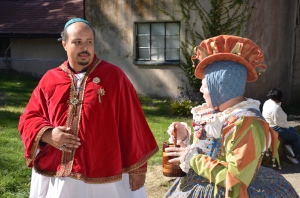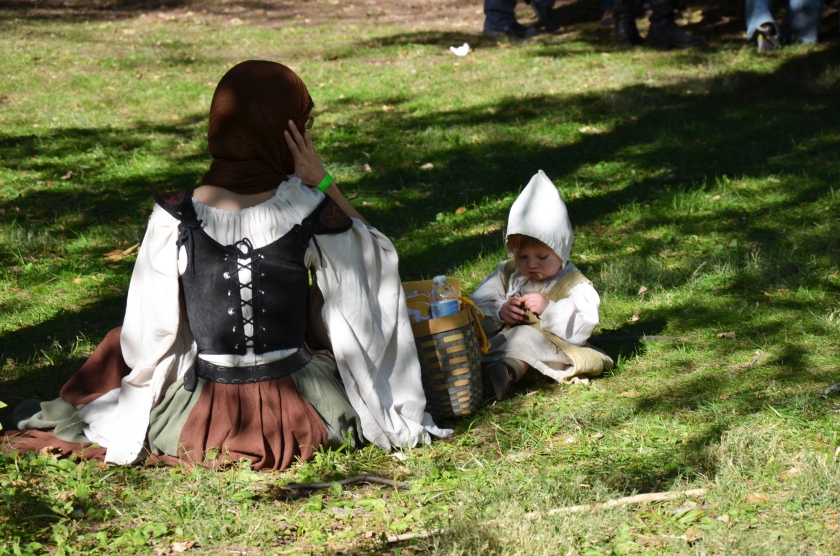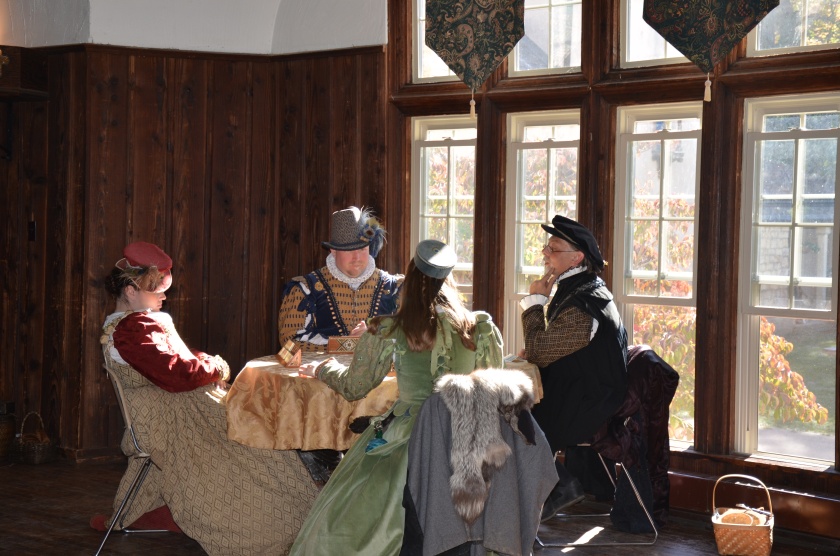It was Downton Abbey, the popular PBS series, that led me to the Brucemore mansion in Cedar Rapids, Iowa. Brucemore is on a list of estates to visit in the U.S. that are similar to Downton Abbey. As a professed Anglophile, that seemed like a good reason for a drive to eastern Iowa.
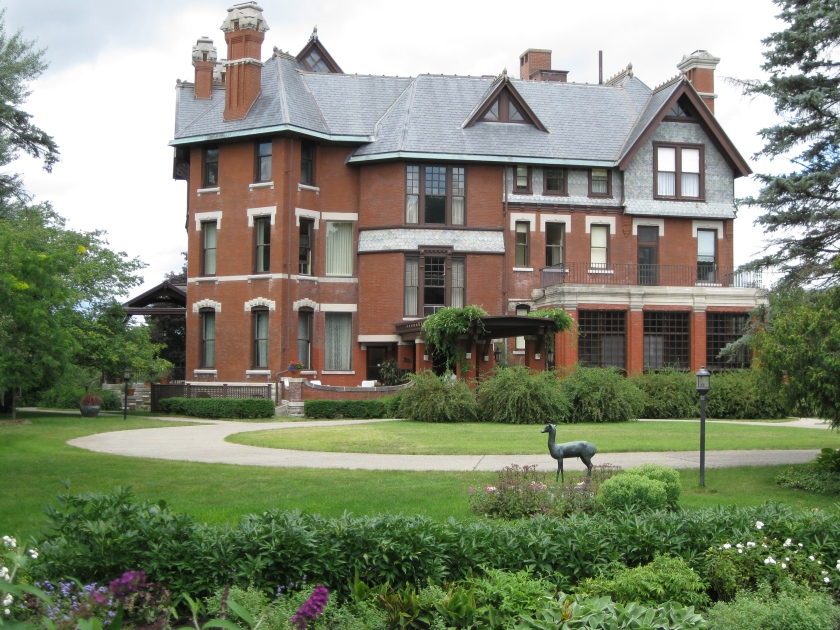
You learn through a guided tour that the history of Brucemore is really the story of three wealthy families. Caroline Sinclair, a widow whose husband, Thomas, had made a fortune in the meat packing industry, completed the home in 1884. In 1906, George and Irene Douglas became the new owners, and later their eldest daughter, Margaret, and her husband inherited the estate and lived there. The last two families were associated with the Quaker Oats Company. (There is still a large Quaker Oats cereal mill in downtown Cedar Rapids.)
Some of the stories along the way were surprising. The house itself was very Downton-Abbey-formal, to be sure, but the families who lived there preferred to be informal. Kids roller skated in the halls and played ping-pong on the dining room table.
The last owner’s husband, Howard Hall, added a kitschy Tahitian Room and Grizzly Bar in the basement to entertain his business associates. He also kept pet lion cubs on the grounds and liked to wrestle with them for relaxation.

Another visual treat inside the house is some early work by Grant Wood. Brucemore’s second owner, Irene Douglas, was active with the local arts organizations. She knew Wood before his American Gothic fame when he was living and working in Cedar Rapids. In 1925, Mrs. Douglas hired Wood to decorate the walls of her daughter’s sleeping porch. His work is now considered the most important art in the home.
 The three families who occupied Brucemore for nearly 100 years were very generous to the community. They contributed to the local arts, churches, Cedar Rapids’ Coe College, and numerous charities. Margaret Douglas Hall was the last family member to live in the house and died in 1981. In her will, she donated Brucemore to the National Trust for Historic Preservation with the understanding that it would be a cultural center as well as a museum.
The three families who occupied Brucemore for nearly 100 years were very generous to the community. They contributed to the local arts, churches, Cedar Rapids’ Coe College, and numerous charities. Margaret Douglas Hall was the last family member to live in the house and died in 1981. In her will, she donated Brucemore to the National Trust for Historic Preservation with the understanding that it would be a cultural center as well as a museum.
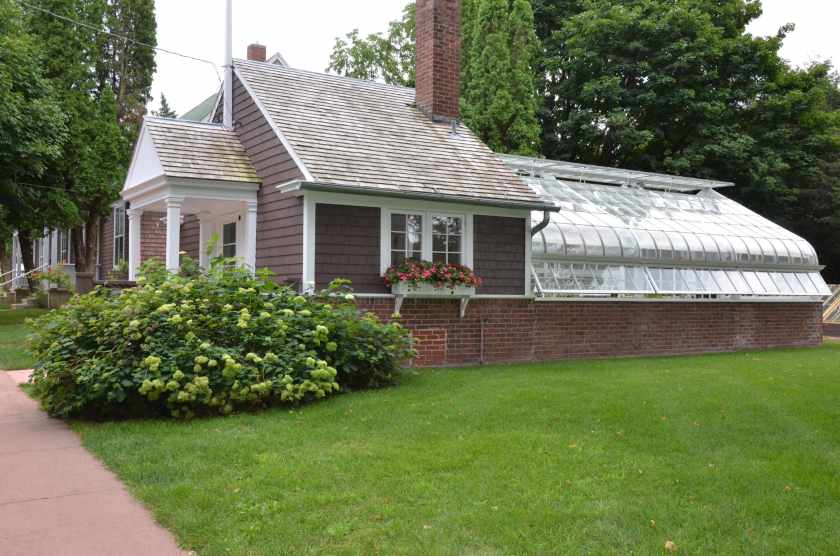
The property covers 26 acres and includes several outbuildings. A greenhouse was built in 1915 to provide fresh flowers for the mansion during the winter months in addition to bedding plants in the summer. Beyond the greenhouse is a row of homes where the servants once lived.

A 1927 Art Moderne swimming pool is an unexpected feature on the grounds.
 The carriage house is now an attractive Visitors’ Center. It offers a gift shop and a museum with interesting displays of items from the Brucemore families.
The carriage house is now an attractive Visitors’ Center. It offers a gift shop and a museum with interesting displays of items from the Brucemore families.


Before you leave, be sure to take a walk through the gardens and pond area. You’ll enjoy the grounds as much as the house.
Bonus stop: Louis Sullivan Jewel Box Bank
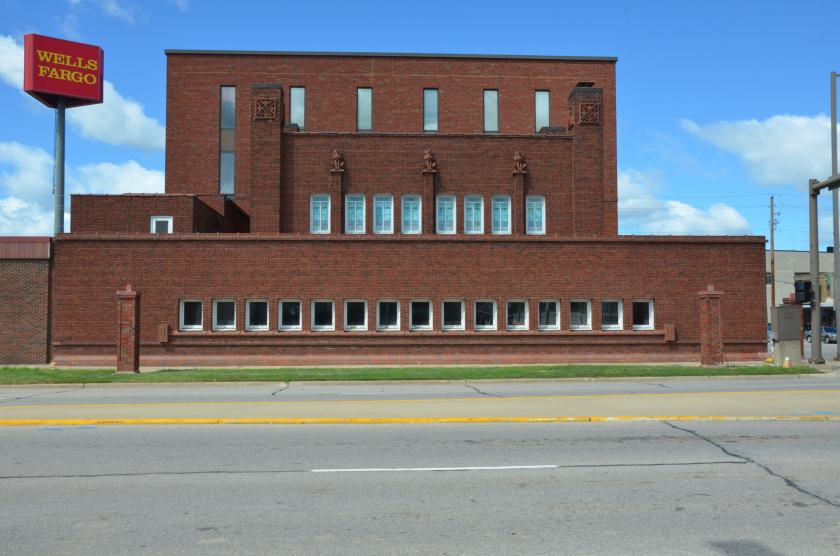
Noted architect Louis Sullivan designed eight small banks in the Midwest during the early 1900s. They were nicknamed “Jewel Box” banks because of their compact size and ornamentation.
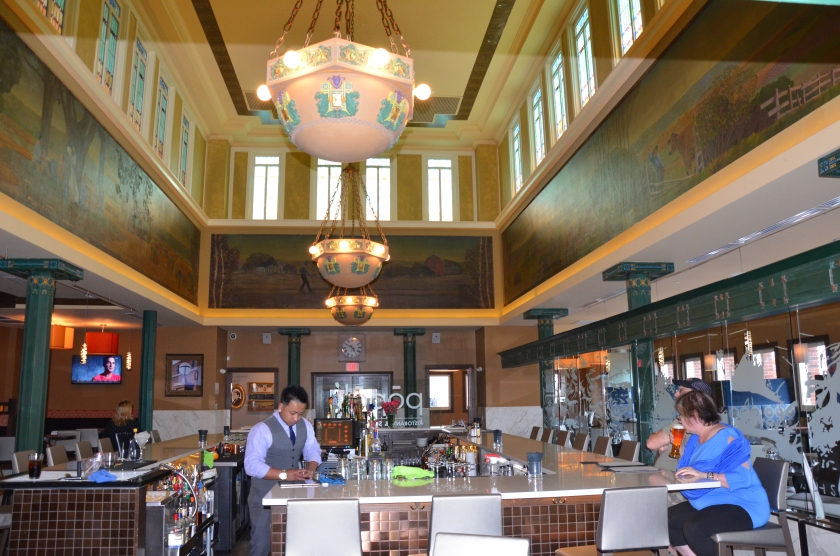
The second of Sullivan’s eight banks is located in downtown Cedar Rapids, at 101 Third Avenue, SW. It served as a bank until 2008, when flooding damaged the interior and closed it. Today it is a restaurant, Popoli, and respectfully preserved.
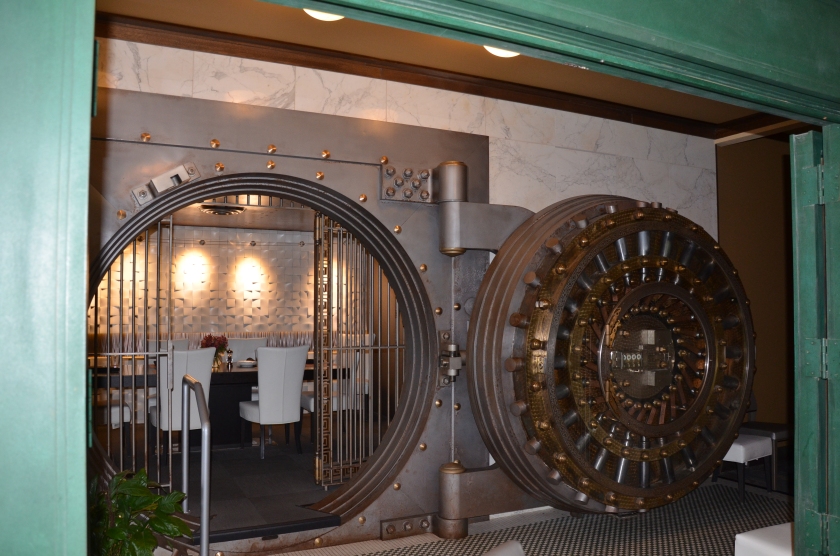
The former vault is a private dining room. It can seat up to eight people and is a popular spot in the restaurant.
Cedar Rapids has culture, history, and art to enjoy. And it was Grant Wood’s home for several years. More on that in a future post!
